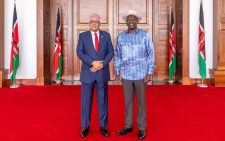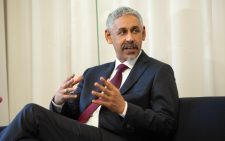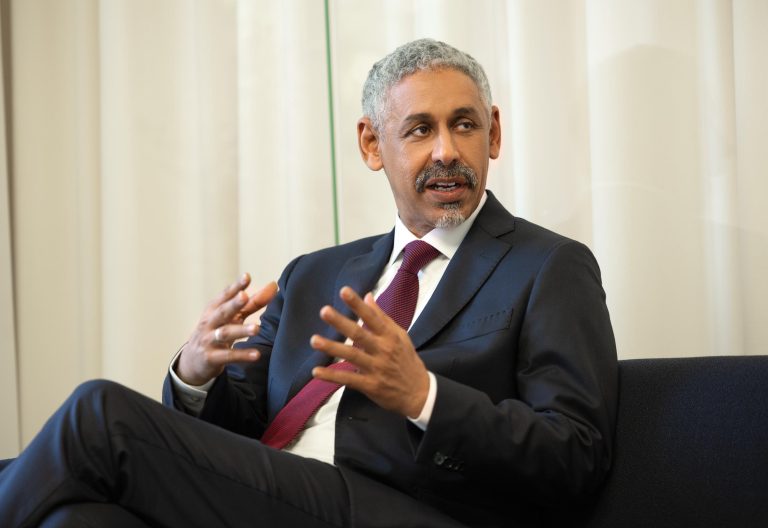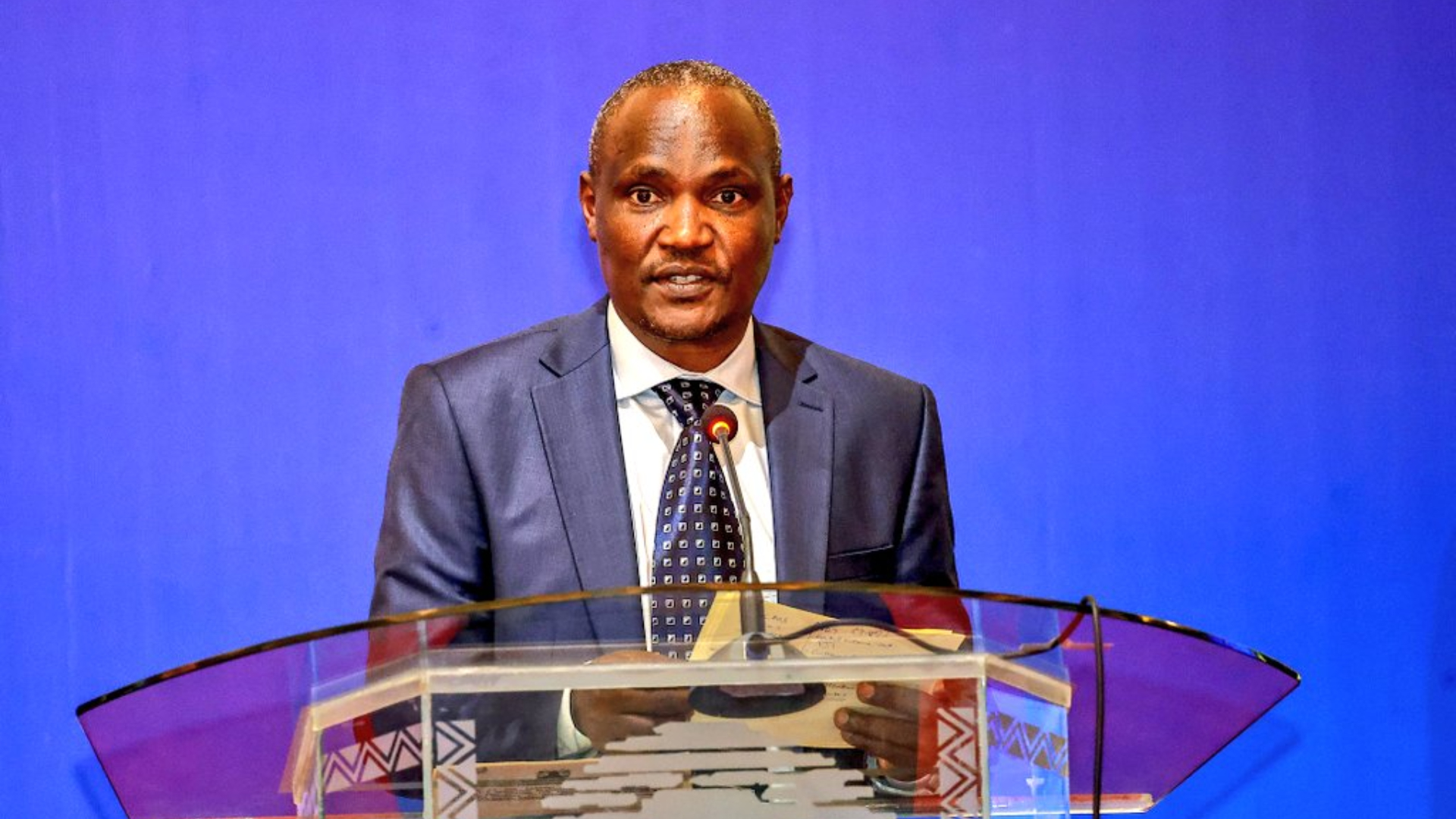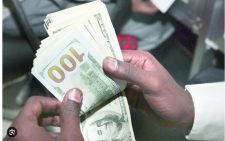Central Bank predicts firmer shilling on reduced imports

Central Bank of Kenya (CBK) has predicted a much firmer shilling in the coming days, saying the country’s balance of payment has improved steadily since 2014.
The difference between Kenya’s exports and imports reduced to -5.2 per cent in the first eight months of 2021, meaning that Kenyans were importing less than they were importing before.
Kenya’s trade balance hit a record low in 2014 when the deficit was at -9.2 per cent putting heavy pressure on the exchange rate.
Data from CBK also shows that Kenya’s export volumes are generally on the rise in the last three years with 2021 seeing more exports that the previous two years.
“Exports are growing strongly. As from January to August the growth it was 8 per cent,” said CBK governor Patrick Njoroge.
The bottom line, he added, is that a balance in the FX market is expected and therefore don’t expect much concerns coming from the currency markets.
“We are covered with adequate reserves of upto five months worth of import cover,” said Njoroge during monetary policy briefing last week.
Tourist arrivals
Tourism sector has also seen a sharp increase in foreign tourist arrivals with visitors increasing by as much as 90,000 in August compared to almost zero during the same period last year.
Shilling is currently trading at 110 against the US dollar but high prices of oil on the international market could have short-term weakening effect on the currency.
This will, however, be balanced by the expected turnaround of the monetary policy stance towards a tighter market as post pandemic recovery takes hold.
Kenya’s inflation has stayed on a growth path since April showing that there is more money chasing less goods hence another reason for an increase in policy interest rates. In the month of September overall inflation stood at 6.5 per cent.
The central bank policy rate is the single largest determinant of the short-term exchange rate of any country. CBK last week retained the policy rate at 7 per cent.
Kenya’s currency crisis of 2011 was sparked by ultra-low interest rates which in turn financed heavy importation of non-capital goods.
Central Bank data shows that usable foreign exchange reserves remained adequate at $9,437 million (5.77 months of import cover) as at September 30.
Import cover
This meets the CBK’s statutory requirement to endeavour to maintain at least four months of import cover, and the East African Community (EAC) region’s convergence criteria of 4.5 months of import cover.




